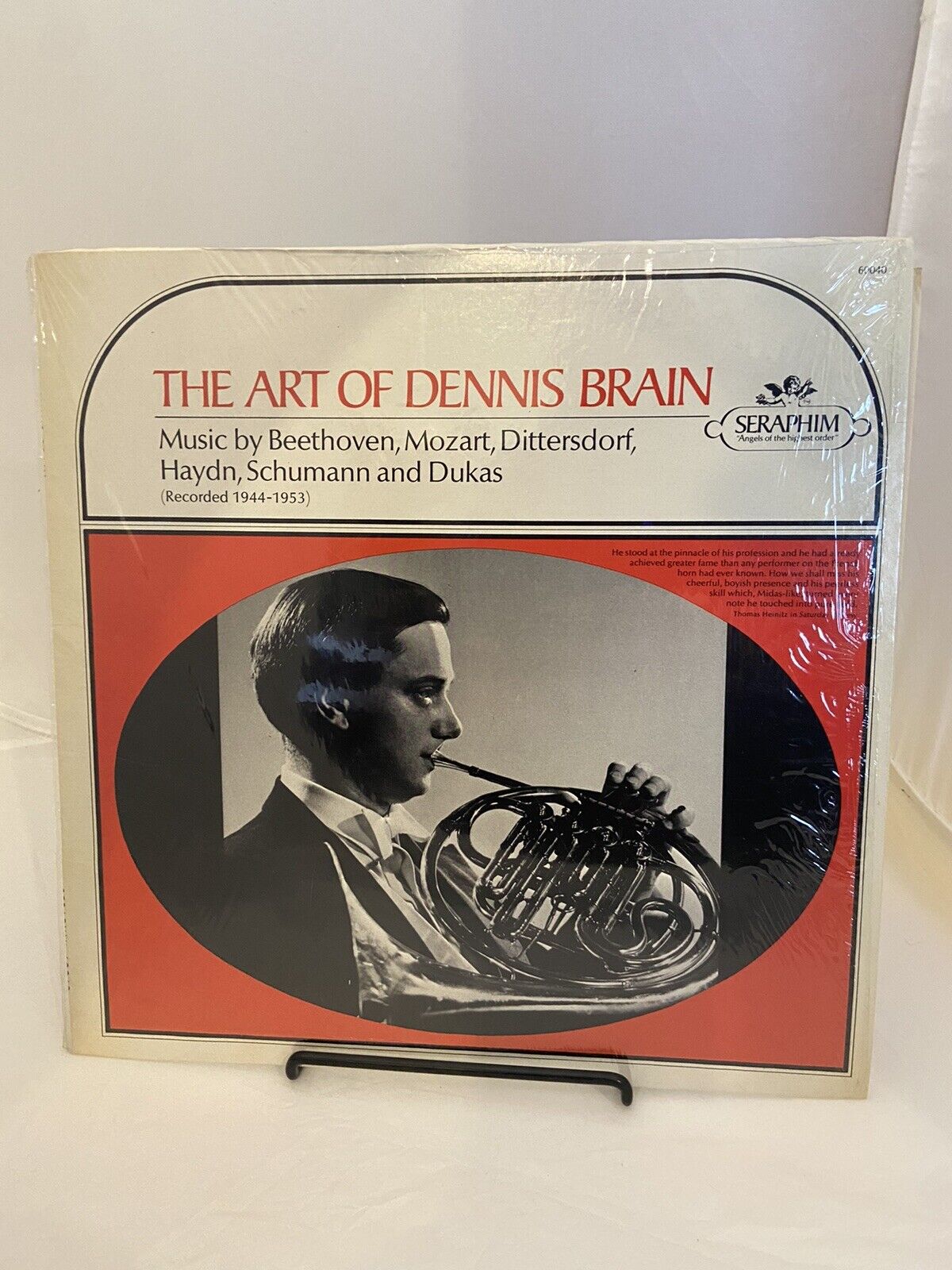Classical and jazz are two of the most popular and profound genres of music, each with its unique characteristics. Classical music has its roots in European traditions dating back to the Baroque and Renaissance periods, while jazz emerged in African American communities in the southern United States in the late 19th and early 20th centuries. Classical music is highly structured and formalized, with a focus on melodic and harmonic sound, while jazz is more improvisational, rhythmic and loose, with experimentation as a key element of its style. Both genres use different techniques and instruments to create their distinct sound.
Classical vs. Jazz: Exploring the Pinnacle of Musical Artistry
Introduction
Music has always been a reflection of an era and a form of human expression. As music evolved throughout history, different genres emerged, each with its unique characteristics that distinguish it from others. Classical and Jazz are two of the most popular and profound genres of music. While they have many similarities, they also differ significantly in history, structure, sound, techniques, and instruments used.
History
Classical music is a genre that has its roots in European traditions, dating back to the Baroque and Renaissance periods. Its composers, such as Bach, Beethoven, and Mozart, wrote music that was highly expressive and structured, adhering to specific rules and forms. On the other hand, Jazz emerged in African American communities in the southern United States in the late 19th and early 20th centuries. It evolved from blues and ragtime and was performed in bars, clubs, and dance halls. Jazz allowed for improvisation, freedom of expression, and experimentation, making it a more flexible and adaptable genre.
Structure and Sound
Classical music has a highly formalized structure, consisting of movements, with each movement having a different tempo and tone. It typically features large orchestras, often organized into sections like the strings, brass, and winds. It has a highly melodic and harmonic sound, with compositions featuring intricate arrangements and complex chord progressions. Classical music is intended to be performed as it was written, with little or no room for improvisation.
In contrast, jazz has a looser, more informal structure, often consisting of a series of choruses that allow for improvisation. It is typically performed by small ensembles, such as trios or quartets, and features improvisation as a key element of its sound. Jazz is highly rhythmic, utilizing syncopation, swing, and improvisation. It has a more dynamic and lively sound compared to classical music.
Techniques and Instruments
Classical music relies on traditional techniques such as vibrato, glissandos, and legato to produce its sound. It is played on traditional instruments like the violin, cello, piano, and flute. The performers are highly skilled and trained to perform the music with precision and accuracy.
Jazz, on the other hand, relies on unique techniques such as bending notes, sliding, and using mutes to produce its distinct sound. It is played on instruments like the trumpet, saxophone, bass, and drums, which are often modified or played in unconventional ways to create different sounds. Jazz performers are highly skilled improvisers who are constantly experimenting with new sounds and techniques to push the boundaries of their art.
Conclusion
In conclusion, both classical and jazz are two unique and distinguished forms of musical artistry. Classical music is highly structured and formalized, with a focus on melodic and harmonic sound. Jazz is more improvisational, rhythms and loose, with experimentation as a key element of its style. The love for music can transition a person from one genre to another, or make them appreciate both. It is up to each individual to explore the complexities of each genre to determine which they prefer, or if they enjoy both.
